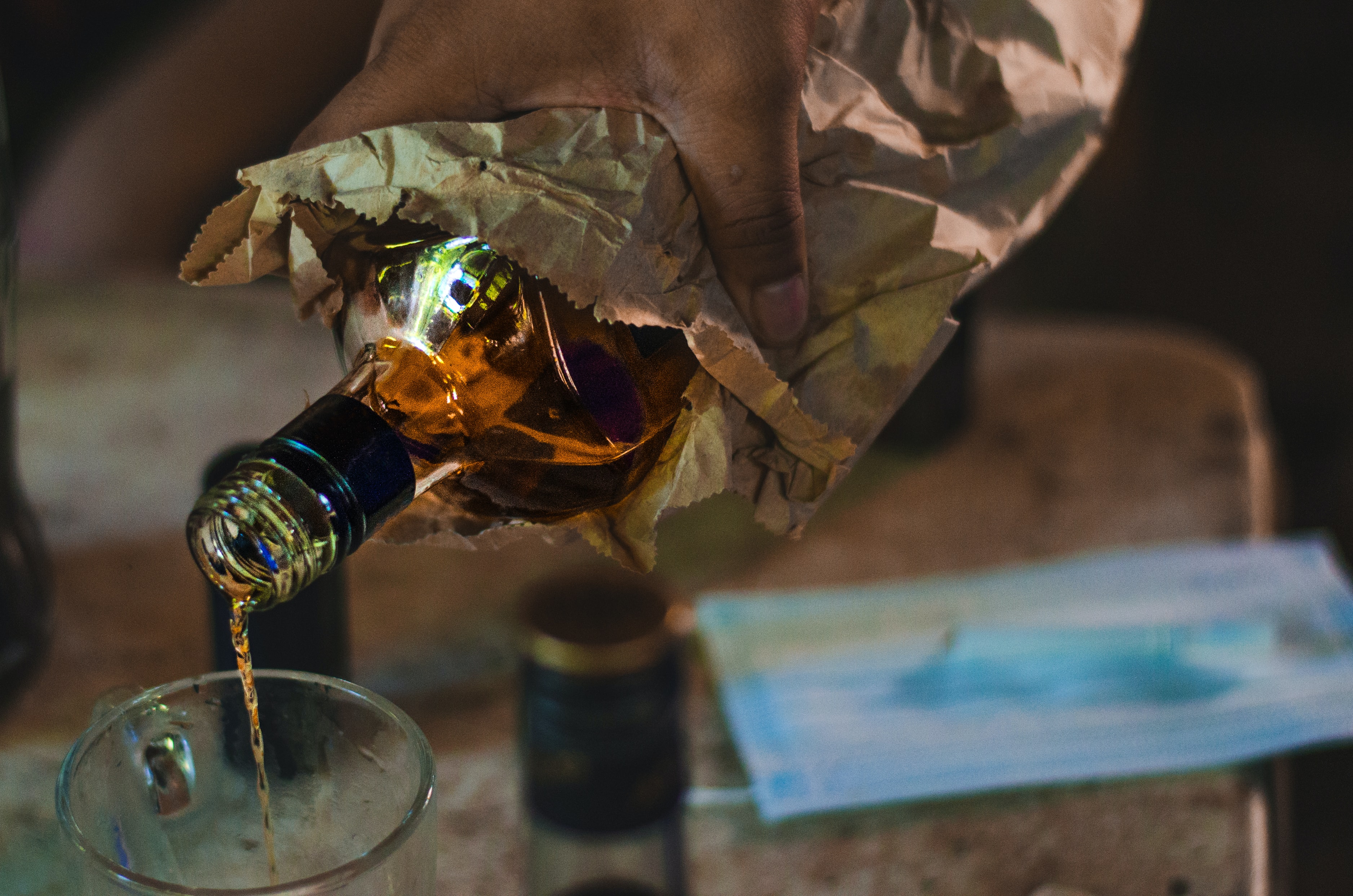
Clinicians worry admitting First Nations people to involuntary drug and alcohol treatment could cause harm
Survey: A study based solely on people’s responses to a series of questions.
People: This is a study based on research using people.
Clinicians in charge of admitting people to involuntary drug and alcohol treatment are concerned about potentially re-traumatising Aboriginal and Torres Strait Islander people in the process, according to Australian research. The team conducted in-depth interviews with 11 clinicians, 6 of whom had committed a First Nations person to one of two facilities in NSW. The researchers say while nine of the 11 participants say ethnicity does not influence the decision to refer someone to involuntary care, 10 of 11 said they were worried the process could be culturally unsafe. Taking people off their country and removing them from their families were major concerns, the researchers say. Greater involvement of Aboriginal healthcare services and care that approaches physical health, mental health and addiction at the same time were proposed as potential ways to improve the system.
Journal/conference: Drug and Alcohol Review
Link to research (DOI): 10.1111/dar.13549
Organisation/s: Curtin University, La Trobe University, University of Technology Sydney (UTS)
Attachments:
Note: Not all attachments are visible to the general public
News for:
Australia
NSW
VIC
WA
Media contact details for this story are only visible to registered journalists.

